Microsoft’s new Windows leader, Panos Panay, is getting ready for a new era of Windows. The first change is a new Windows Insider leader, and we expect to see lots of small and steady improvements to Windows in the coming months.
Category: futurism – Page 884
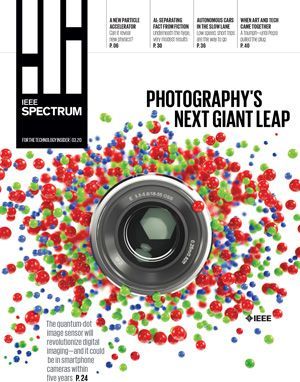
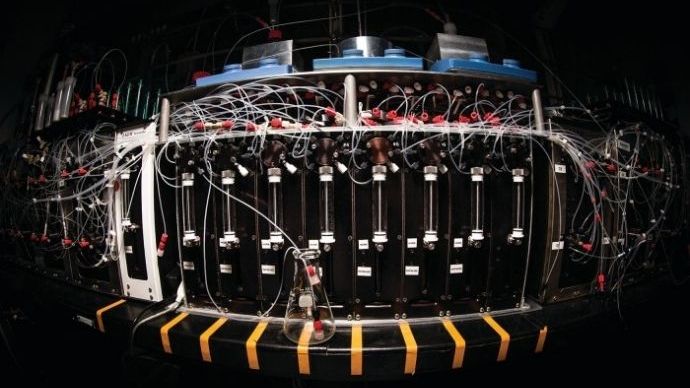
Machine Automates Assembly Of Small Molecules
A new automated machine can synthesize a range of small organic molecules with the push of a button. The synthesizer uses a chemical method that pieces together molecules from modular building blocks. With this technique, the machine synthesized 14 classes of molecules, including some complicated ones with multiple rings.
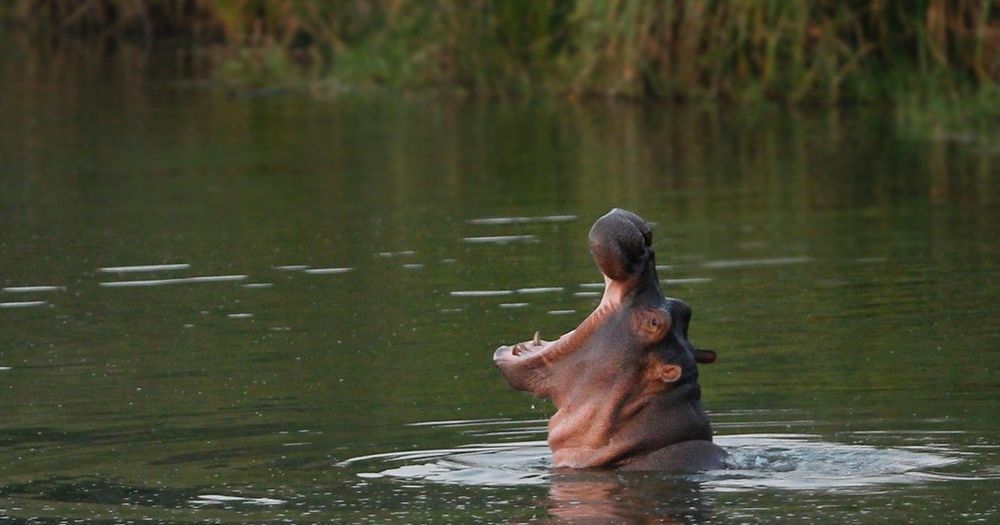
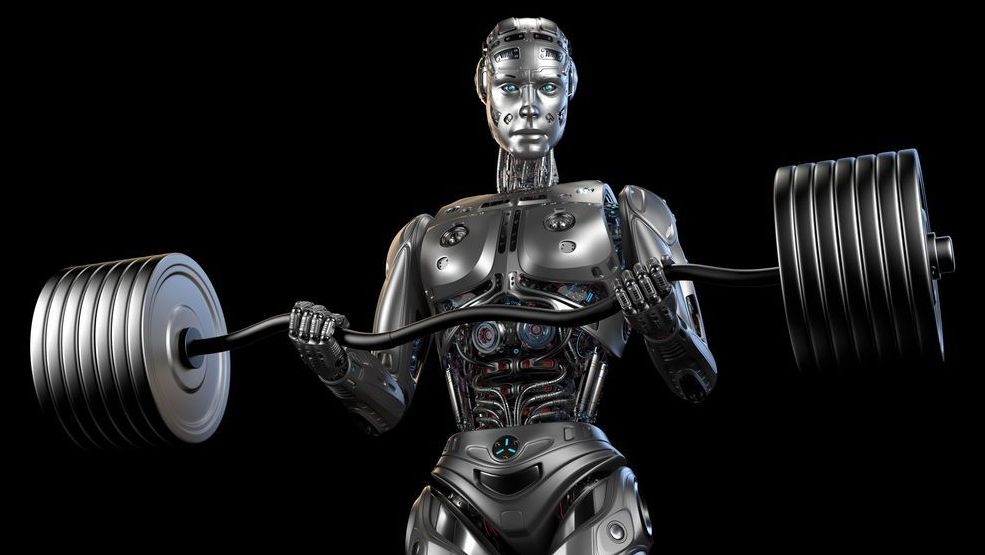
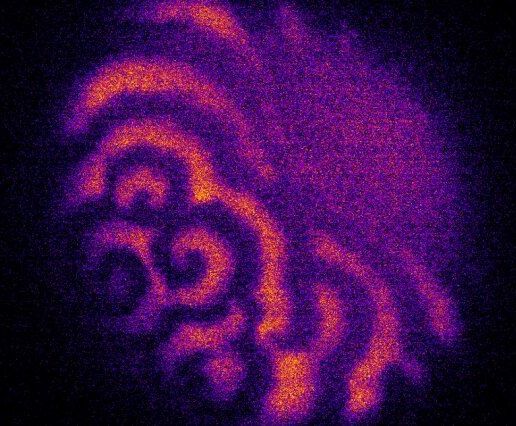
The growth of an organism rides on a pattern of waves
When an egg cell of almost any sexually reproducing species is fertilized, it sets off a series of waves that ripple across the egg’s surface. These waves are produced by billions of activated proteins that surge through the egg’s membrane like streams of tiny burrowing sentinels, signaling the egg to start dividing, folding, and dividing again, to form the first cellular seeds of an organism.
Now MIT scientists have taken a detailed look at the pattern of these waves, produced on the surface of starfish eggs. These eggs are large and therefore easy to observe, and scientists consider starfish eggs to be representative of the eggs of many other animal species.
In each egg, the team introduced a protein to mimic the onset of fertilization, and recorded the pattern of waves that rippled across their surfaces in response. They observed that each wave emerged in a spiral pattern, and that multiple spirals whirled across an egg’s surface at a time. Some spirals spontaneously appeared and swirled away in opposite directions, while others collided head-on and immediately disappeared.
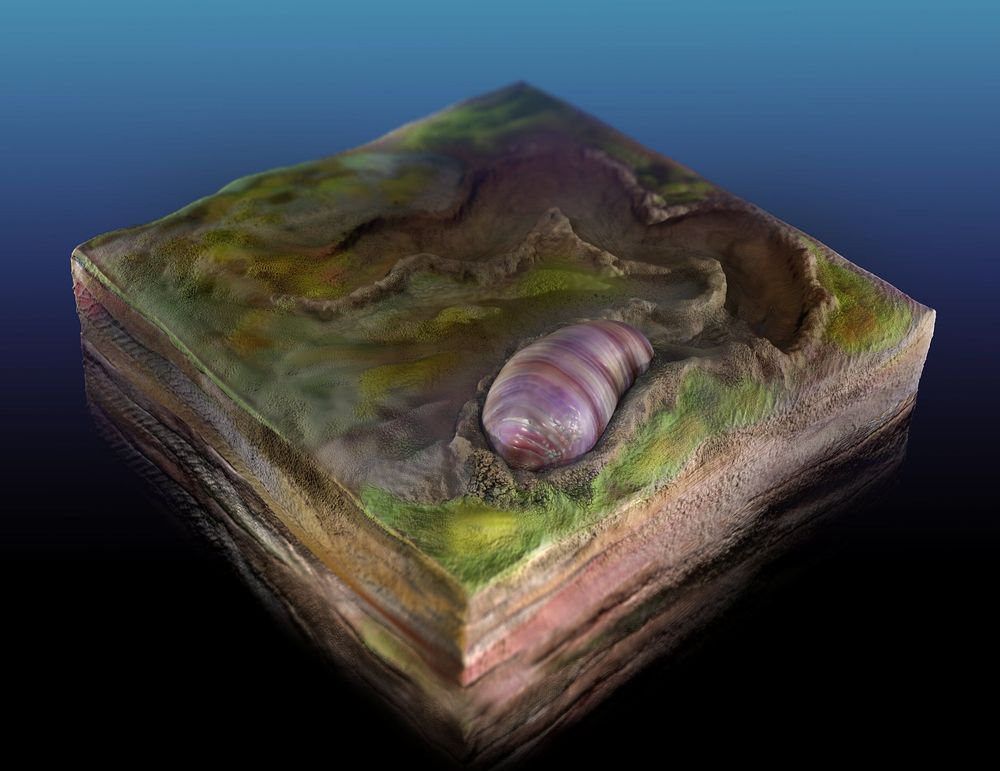
Ancestor of all animals identified in Australian fossils
A team led by UC Riverside geologists has discovered the first ancestor on the family tree that contains most familiar animals today, including humans.
The tiny, wormlike creature, named Ikaria wariootia, is the earliest bilaterian, or organism with a front and back, two symmetrical sides, and openings at either end connected by a gut. The paper is published today in Proceedings of the National Academy of Sciences.
The earliest multicellular organisms, such as sponges and algal mats, had variable shapes. Collectively known as the Ediacaran Biota, this group contains the oldest fossils of complex, multicellular organisms. However, most of these are not directly related to animals around today, including lily pad-shaped creatures known as Dickinsonia that lack basic features of most animals, such as a mouth or gut.
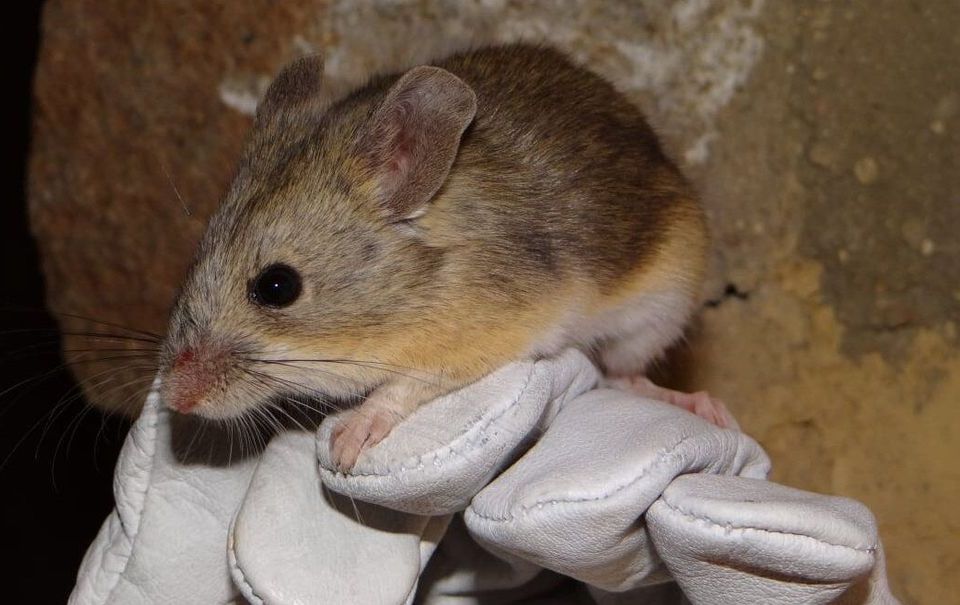
Biologist discovers world’s highest-elevation mammal
They had climbed for eight hours—Had it really been just eight? Nine, maybe? More?—after the avalanche risk of a snow-packed ravine on the main path had forced them onto a more circuitous, arduous route.
Up here, the summer weather of February felt uncomfortably similar to a Nebraska winter.
“Jay, hay un ratón!” (“Jay, there’s a mouse!”)
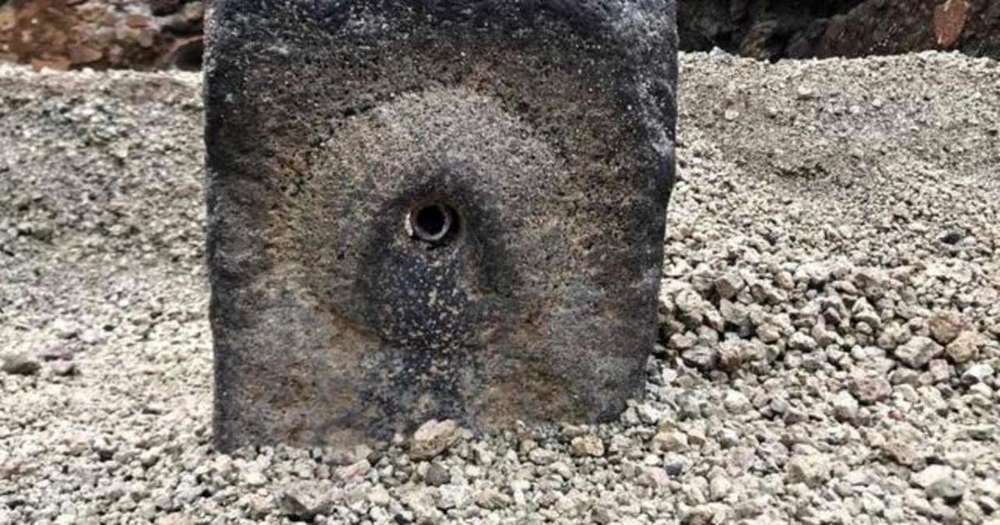
This Technology Will Help People Drastically Extend Their Lifespan by 500 Years and Beyond
Futurist Dr. Ian Pearson believes that if you live to 2050, you may never die. Here is why.